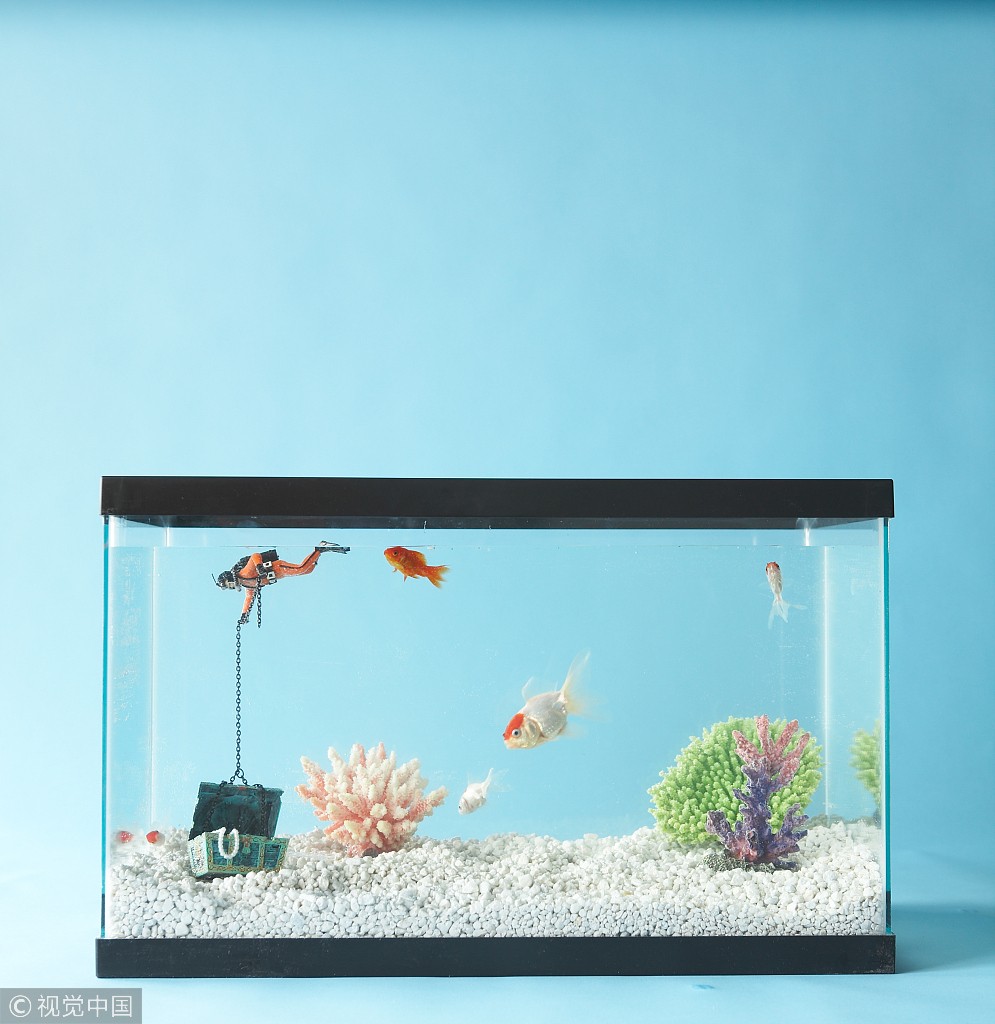Common questions when applying silicone sealant to aquarium
2022-02-22 From: SINOHONOR INDUSTRY CO.,LTD Browsing times:124
34. How to solve the problem of aquarium explosion?
Answer: First of all, the material (glass) should be selected appropriately according to the size and height of the aquarium. For medium-sized aquariums, 0.5cm-1.5cm thick glass can be used. For large aquariums, besides considering the thickness (under 1.5cm), Need to consider laminated and tempered glass. Secondly, use special silicone sealant for large aquariums carefully. Otherwise, it is very easy to cause cylinder explosion soon after waterproofing. Thirdly, the main cause of cylinder explosion during incorrect construction, so the construction process must be strictly controlled. Construction summary:
1. Design and construction width (the thickness of the silicone sealant is recommended to be designed with a quarter of the thickness of the glass.)
2. Strengthen the adhesive layer of each structure of the large aquarium.
3. The layered construction method must be adopted for the strengthening part and the cylinder body. In the layered construction, after the first construction, it must be deep-cured (usually more than 14 days) before the second construction can be carried out. After the two construction strips are completely cured (more than 40 days), the water will be discharged.
4. The water injection should not be too rapid. Use the layered water injection method, inject one-third of the water on the first day, two-thirds of the second day, and reach the required height on the third day.
5. During construction, once the adhesive strip is solidified, it cannot be repaired, especially the solidified part cannot be trimmed with a knife. Remember, otherwise damage to the surface of the adhesive layer will easily cause the cylinder to explode.
35. Why does the aquarium have cracks and how to solve them?
Answer: Due to uneven silicone sealant application, insufficient silicone sealant application during construction, or insufficient deep curing of the silicone sealant after application, the moving cylinder may cause cracks. Solution:
1. If the silicone sealant is not uniform or full, the cracks and bubbles must be forced to discharge the aqua silicone sealant before the surface is dry;
2. After the aquarium is glued, let it completely solidify and then move the aquarium to reduce cracks.

36. Why do bubbles appear after the construction of the aquarium, and how to solve them?
Answer: Because the silicone sealant needs to absorb moisture in the air to complete the curing process, and release low molecular substances during the absorption and curing process, forming internal voids or bubbles, especially high-grade or imported glues curing faster, this phenomenon is slightly obvious, this is a A normal phenomenon. In addition, aquariums generally use transparent aquarium silicone sealant, and the substrate is transparent, so it is easy to see. These silicone sealant will also have relative air bubbles when used in other places, but they are not easy to be found, but this phenomenon will not affect the overall structure performance. Reduction measures:
1. It is recommended that the best construction temperature is 23℃±2℃
2. The layered construction is adopted when the thickness of the rubber strip is greater than 1.2cm, which can relatively reduce this phenomenon
37. Why does the aquarium have no cracks and whitening before the water is discharged, but the aquarium after the water is discharged, how to solve it?
Answer: Before the water is discharged, the aquarium silicone sealant only bears the glass and natural air pressure, but the aquarium has cracks and whiteness after the water is discharged because the thickness of the cylinder body is different. After the water is discharged, the force is unbalanced or the thickness of the glue is not enough. When under force, the rubber strip cannot be normally displaced within the range of displacement capability, causing cohesive failure to form cracks and whitening. Normal solution:
1. When constructing large aquariums, the design glue thickness should be above 3mm. Our company recommends that the glue thickness be a quarter of the thickness of the glass.
2. Ensure that the silicone sealant thickness of each material is consistent to ensure that the aquarium glue can fully and fully display the best performance at the same time.
3. Strengthen the structural parts.




